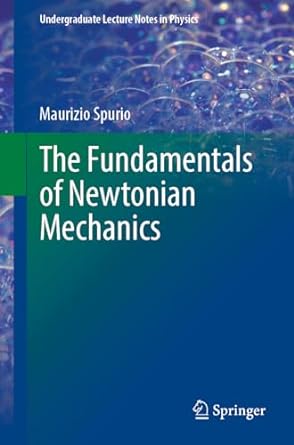A body with a mass of (m=2.5 mathrm{~kg}) (including a small amount of negligible mass of explosive)
Question:
A body with a mass of \(m=2.5 \mathrm{~kg}\) (including a small amount of negligible mass of explosive) is thrown vertically upwards with an initial velocity of magnitude \(v_{0}\). When it reaches the maximum altitude \(h=250 \mathrm{~m}\), the body explodes into two fragments with masses \(m_{1}=m / 4\) and \(m_{2}=3 / 4 m\). The two fragments fall and arrive simultaneously on the ground, at the same height from which the body \(m\) was launched. The explosion, which can be considered instantaneous, gives the two fragments an additional overall kinetic energy equal to \(8.3 \%\) of the kinetic energy possessed by the body of mass \(m\) at the moment of launch. Neglecting any sort of friction, determine:
1. the initial velocity \(v_{0}\) with which \(m\) was thrown;
2. the velocity vectors of the bodies of mass \(m_{1}\) and \(m_{2}\) immediately after the explosion;
3. the total kinetic energy of \(m_{1}\) and \(m_{2}\) at the instant they hit the ground;
4. the distance between the positions at which \(m_{1}\) and \(m_{2}\) hit the ground.
Step by Step Answer:






